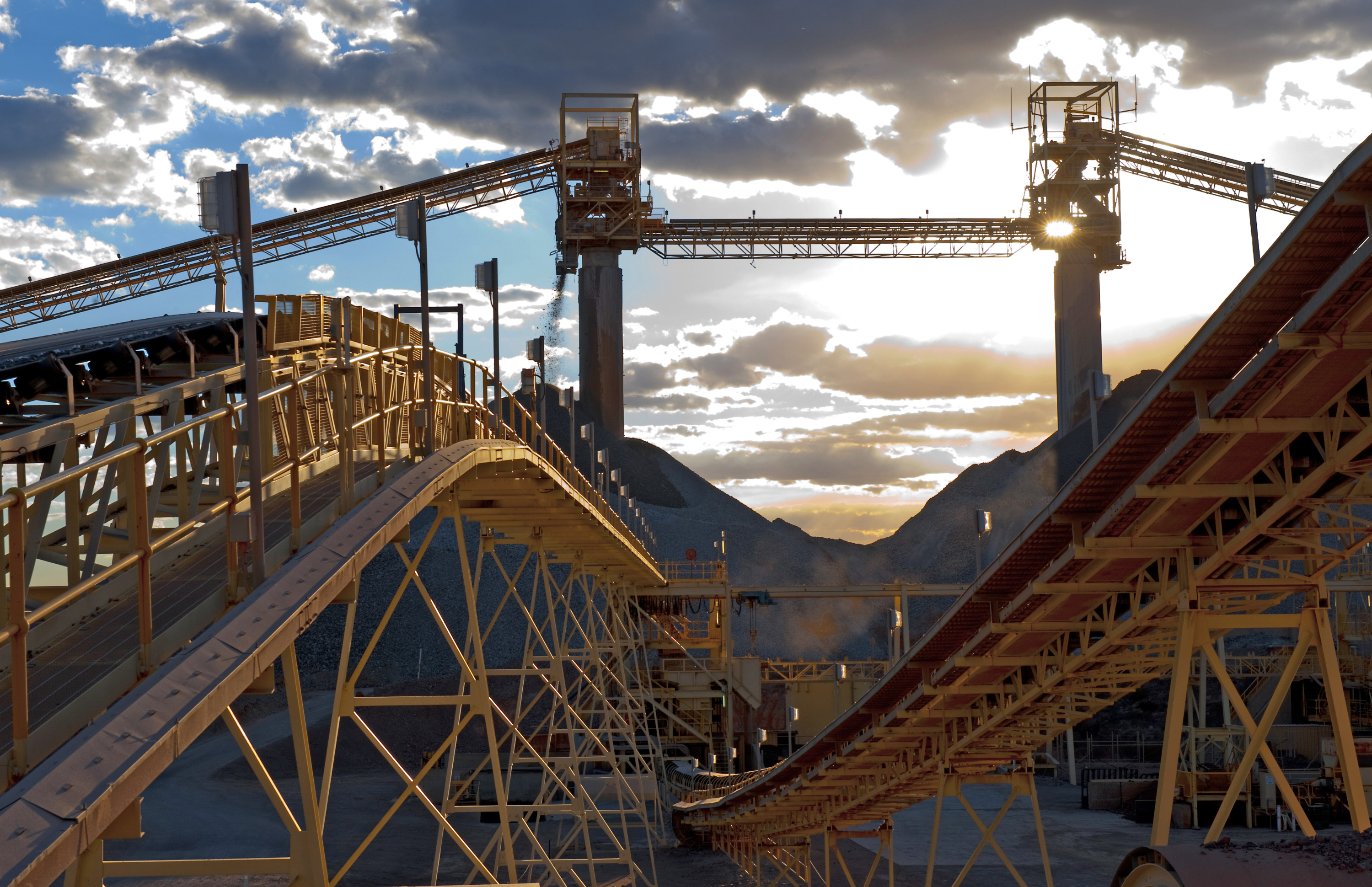Chile adjusts its medium-term copper forecast amid ongoing challenges
Opinion Pieces

22
Jan
2025
Chile adjusts its medium-term copper forecast amid ongoing challenges
Chile’s state-run copper commission, Cochilco, released a downward revision for its ten-year copper production forecast to 5.5Mt vs a previous estimate of 6.4Mt, reflecting the ongoing challenges of the Chilean mining sector.
Cochilco’s latest report projects Chile’s copper output at 5.8Mt in 2024, marking a 6% y-o-y increase, with peak production expected at 6.1Mt in 2027 before gradually declining to 5.5Mt by 2034. Chile faces challenges from aging mines and declining ore grades, making it increasingly difficult to sustain production levels. Stricter environmental regulations, water scarcity, rising capital expenditures, and regulatory uncertainties further add to these issues.
Codelco, Chile’s largest producer, expects output to have risen slightly from 1,325kt in 2023 to 1,328kt in 2024, eventually aiming for 1,700kt by the decade's end. However, its key projects like Chuquicamata Underground and El Teniente are experiencing delays and rising costs. The transition of Chuquicamata from open pit to underground mining has been particularly costly and complex, while El Teniente’s new phases are behind schedule. Codelco’s financial position is also under pressure, with rising debt and escalating project costs limiting new investments, despite government support for its capital expenditure plans.
Chile’s production growth will rely on major mines like BHP’s Escondida (1,200ktpy Cu), Collahuasi (600ktpy Cu), Los Pelambres (320ktpy Cu), and Teck’s Quebrada Blanca (290ktpy Cu), alongside smaller contributions from Pampa Norte, Centinela, Andina, Caserones, and Sierra Gorda.
In its latest revision, Cochilco still forecasts Chile to remain the world’s largest copper producer in 2034, followed by the DRC and Peru. This aligns with Project Blue’s expectations of market shares at 23.9%, 14.6%, and 12.4%, respectively. Chile's strong copper reserves, established infrastructure, and technical expertise continue to attract investment despite these challenges. The DRC's growth is driven by high-grade deposits and increasing foreign investment, particularly from China and the Middle East. Meanwhile, Peru remains a stable producer but faces structural issues, such as regulatory delays and community opposition, which limit its growth potential.